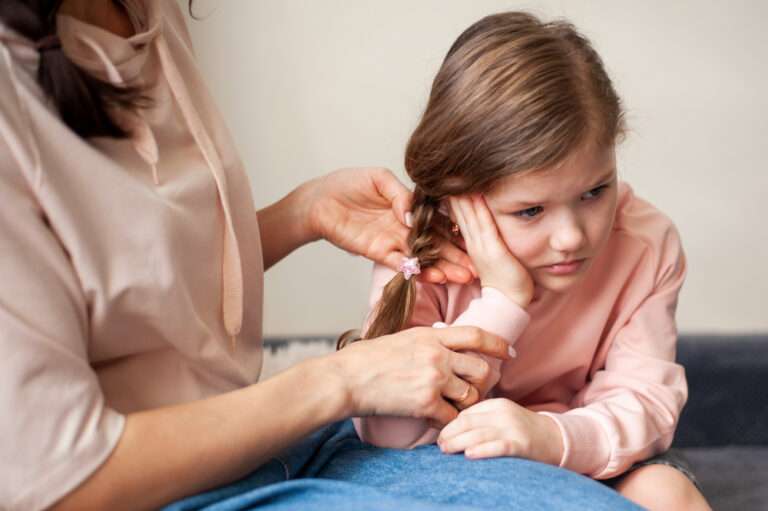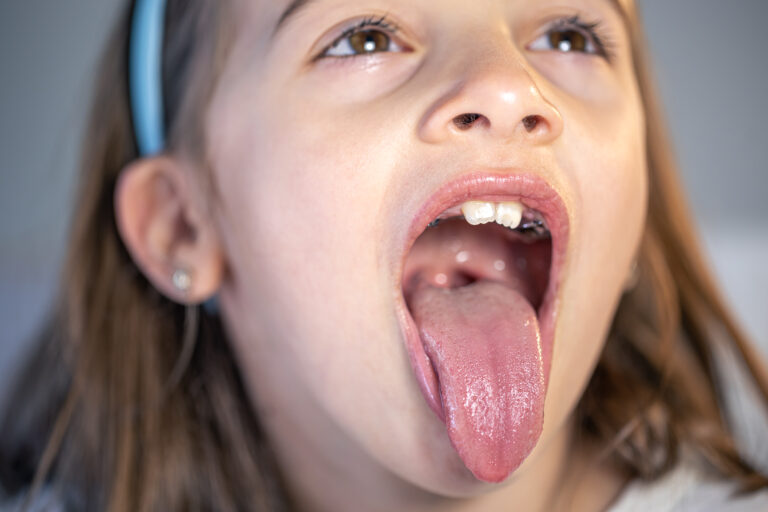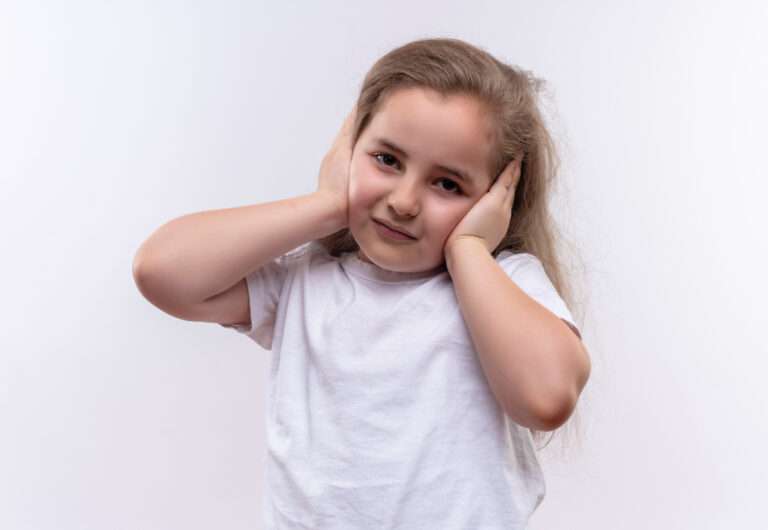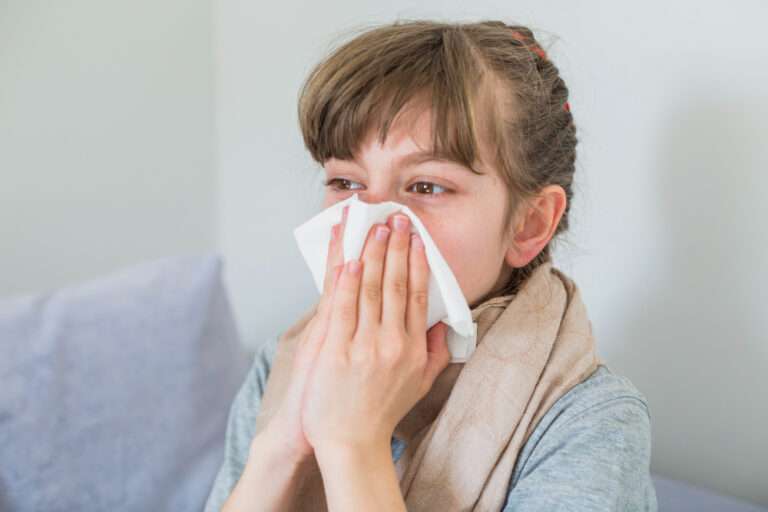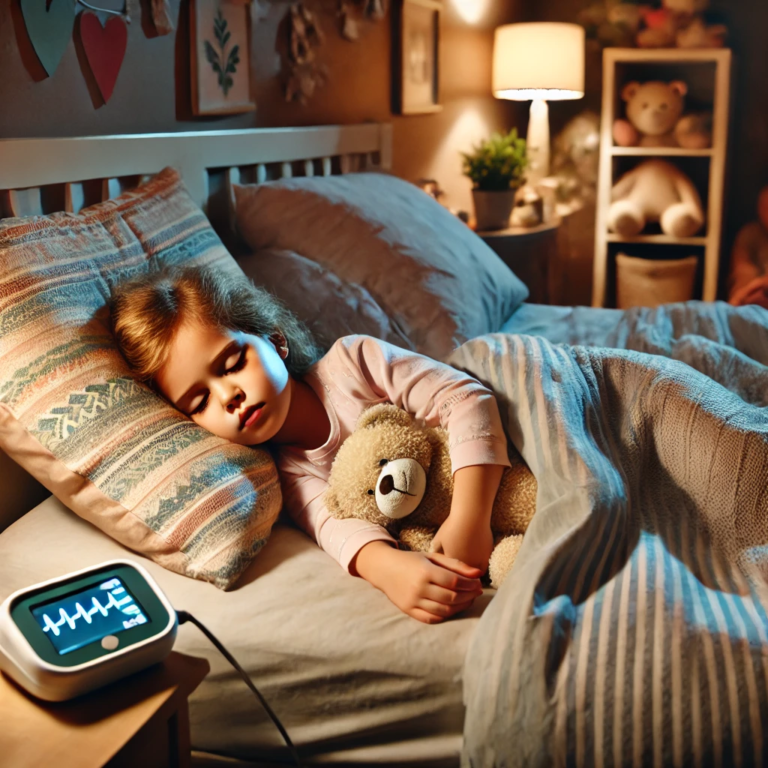Pediatric Otitis Externa
Pediatric Otitis Externa, often referred to as “swimmer’s ear,” is an inflammation or infection of the outer ear canal, the tube running from the outer ear to the eardrum. Unlike Otitis Media, which affects the middle ear, Otitis Externa involves the outer ear and is common in children who spend a lot of time in water. Here’s an overview of its key aspects:
Causes
The primary cause of Otitis Externa is water remaining in the ear after swimming, which creates a moist environment that promotes bacterial growth. Other causes may include:
- Inserting objects into the ear, like cotton swabs, which can damage the skin lining the ear canal.
- Skin conditions, such as eczema or psoriasis, that can lead to skin breakdown in the ear canal.
Symptoms
Symptoms of Otitis Externa in children include:
- Ear pain, which can be severe and worsen when the outer part of the ear is pulled or pressed.
- Itching in the ear canal.
- Redness and swelling of the ear canal.
- Discharge from the ear, which may be clear, white, yellowish, or even bloody.
- Temporary hearing loss or muffled hearing due to swelling or blockage of the ear canal.
- Feeling of fullness in the ear.
Diagnosis
Diagnosis typically involves a visual examination of the ear using an otoscope. The doctor will look for signs of redness, swelling, and discharge. They might also check for sensitivity in the ear, as touching or moving the outer ear can be painful for those with Otitis Externa.
Treatment
Treatment aims to relieve pain and eliminate the infection. Options include:
- Ear Drops: Prescription ear drops that contain a combination of an antibiotic (to fight infection) and a steroid (to reduce inflammation) are commonly used. If the ear canal is very swollen, a doctor might place a small piece of cotton or a wick in the canal to help carry the medicine inside.
- Pain Management: Over-the-counter pain relievers such as acetaminophen (Tylenol) or ibuprofen (Advil, Motrin) can help manage pain.
- Keeping the Ear Dry: It’s important to keep the ear dry while it’s healing. This means avoiding swimming and carefully showering or bathing to prevent water from entering the ear.
Prevention
Preventive measures include:
- Drying ears thoroughly after swimming or bathing, using a towel or hair dryer on a low setting, held at a distance.
- Avoiding inserting objects into the ear, including fingers, cotton swabs, and earplugs.
- Using over-the-counter acetic acid ear drops after swimming in places where water is not well chlorinated can help prevent infection.
- Wearing earplugs or a swimming cap to keep water out of the ears while swimming.
Complications
If left untreated, Otitis Externa can lead to more serious infections, spreading to other parts of the ear or even the bones and cartilage. Persistent infections might require more extensive treatment, including oral antibiotics.
Early treatment can help prevent the progression of the infection and alleviate discomfort quickly. If your child shows symptoms of Otitis Externa, especially after swimming or inserting objects into their ears, consulting a healthcare provider for a proper diagnosis and treatment plan is important.
------------From our Sponsors------------





